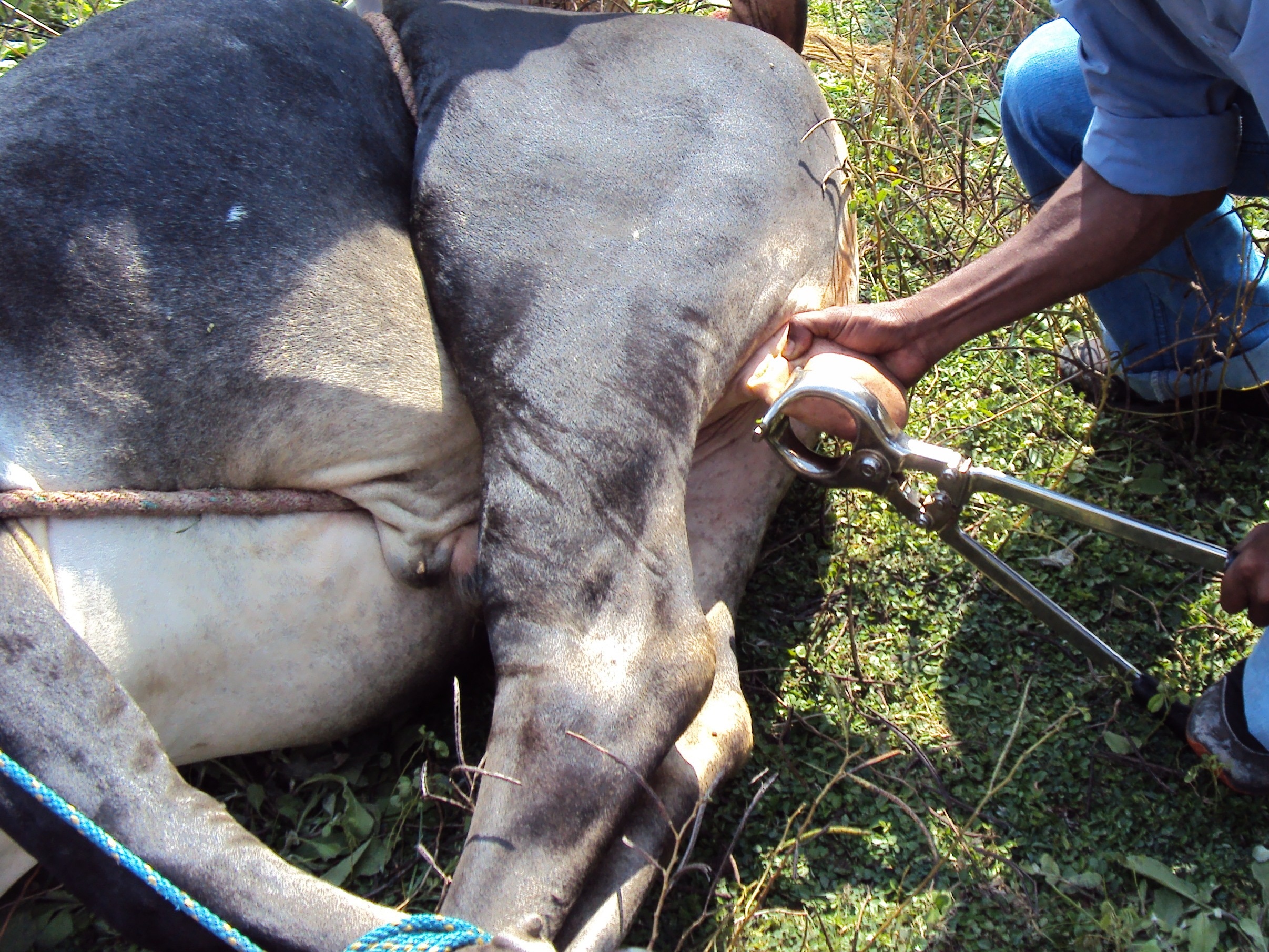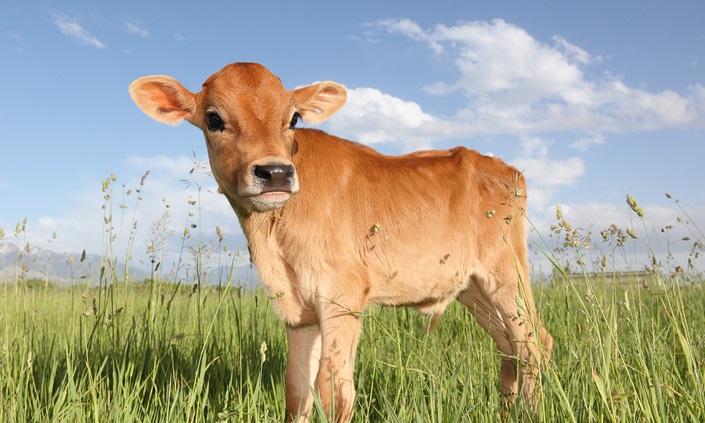DOAH Gujarat Intensive Castration Scheme
Organisation : Directorate of Animal Husbandry (DOAH)
Scheme Name : Intensive Castration Scheme
Applicable For : Individual Animal Owner & Animal Rearing Organizations
Applicable State/UT : Gujarat
Website : https://doah.gujarat.gov.in/Home/SchemesDetailsPage/picXjrkWac6JiCP%E2%9C%BFhnZI2Q%E2%99%AC%E2%99%AC
| Want to ask a question / comment on this post? Go to bottom of this page. |
|---|
What is DOAH Intensive Castration Scheme?
Intensive Castration Scheme is provided by Gujarat Directorate of Animal Husbandry (DOAH). Castration of male calves will help to control the number of stray animals in the state and provide better care for productive animals. Additionally, it can prevent unnecessary breeding by male animals with low genetic potential for productivity. This will help to accelerate the breeding of animals through semen doses with high genetic quality in the state and this leads to breed improvement. These will help to minimize the problems of stray male animals causing accidents in rural and urban areas.
Related / Similar Scheme : DOAH Gujarat Establishment of Goat Unit (10 +1) Scheme

Beneficiaries of Intensive Castration Scheme
Individual Animal owner and animal rearing organizations (gaushala/ panjarapol /other) will be eligible for a subsidy of Rs.500/- per animal (male calf) for castration of male calves by close method (Burdizo Castrator)/open method (Surgical Method).
How To Apply For Intensive Castration Scheme?
Online Application on I-khedut Portal
Apply Here : https://ikhedut.gujarat.gov.in/
Documents to be attached with the application :
** Copy of barcoded ration card or Institute’s registration number
** Copy of government-issued photo identification (Aadhar card/Voter ID/Driving License/Kisan Credit Card)
** Copy of bank passbook or cancelled cheque
Other Condition :
To avail the benefits of this scheme, the livestock owner/animalrearing organization (gaushala/panjarapol/other) will have to apply on I-Khedut Portal.

FAQ On Animal Husbandry
Frequently Asked Questions FAQ On Animal Husbandry
What signs does a female animal show when she is in heat?
When a female animal comes into heat, a viscous transparent fluid like oil is released from the vagina, the urine portion of the animal is red and slightly swollen, the animal urinates frequently, the animal farts throughout the day, in the case of the cow class, a cow in heat will touch another cow. And if the other cow is allowed to stand on itself and the animal is giving milk, there is a general decrease in milk production. Which is called as ‘Pushu dabkaye hai’ in Desi Bhaya.
What is the ideal time for artificial insemination?
The ideal time for artificial insemination is usually 10 to 12 hours after the animal comes into heat. Or generally, it is ideal to inseminate an animal in heat in the morning in the evening and an animal in heat in the evening in the morning.
Why should pregnant animals be taken care of?
In the care of pregnant cattle, the animal’s habitat should be well ventilated, cool-hot, protected from rain, the animal should be given green fodder, dry fodder, balanced grain and water in sufficient time, the animal should be given 30 to 50 grams of salt daily along with grain and 25 30 grams of mineral mixture (salt mixture) should be given.
What should I do when a female animal throws up repeatedly?
When the animal throws up again and again, first of all it is very important to know the reason why it throws up, therefore, the animal that throws up should be examined by a veterinarian at the nearest veterinary hospital and get the reproductive organs checked and treated according to their advice.
What should be done when a pregnant animal swims (swim) repeatedly?
When a pregnant animal starves repeatedly, it is possible that the animal may become starved due to endocrine disorders, infectious diseases like brucellosis and trichomoniasis and excessive heat, which should be properly diagnosed and treated.
What is the duration of two litters of female cattle?
A two-calving interval of one year is the ideal condition for profitable animal husbandry.
When should a female animal be spayed after calving?
For profitable animal husbandry it should be ensured that the animal bears fruit by three months after castration.